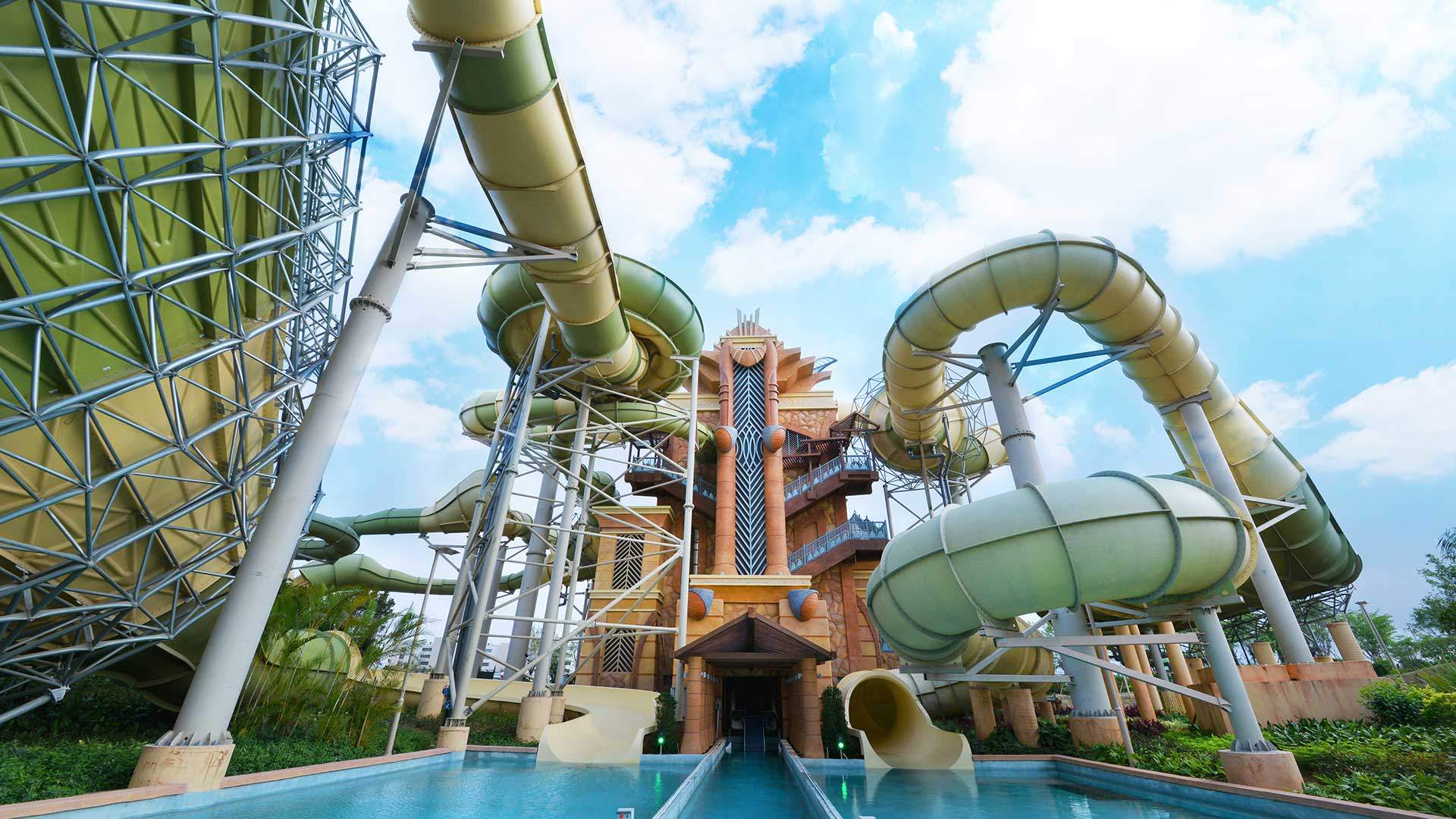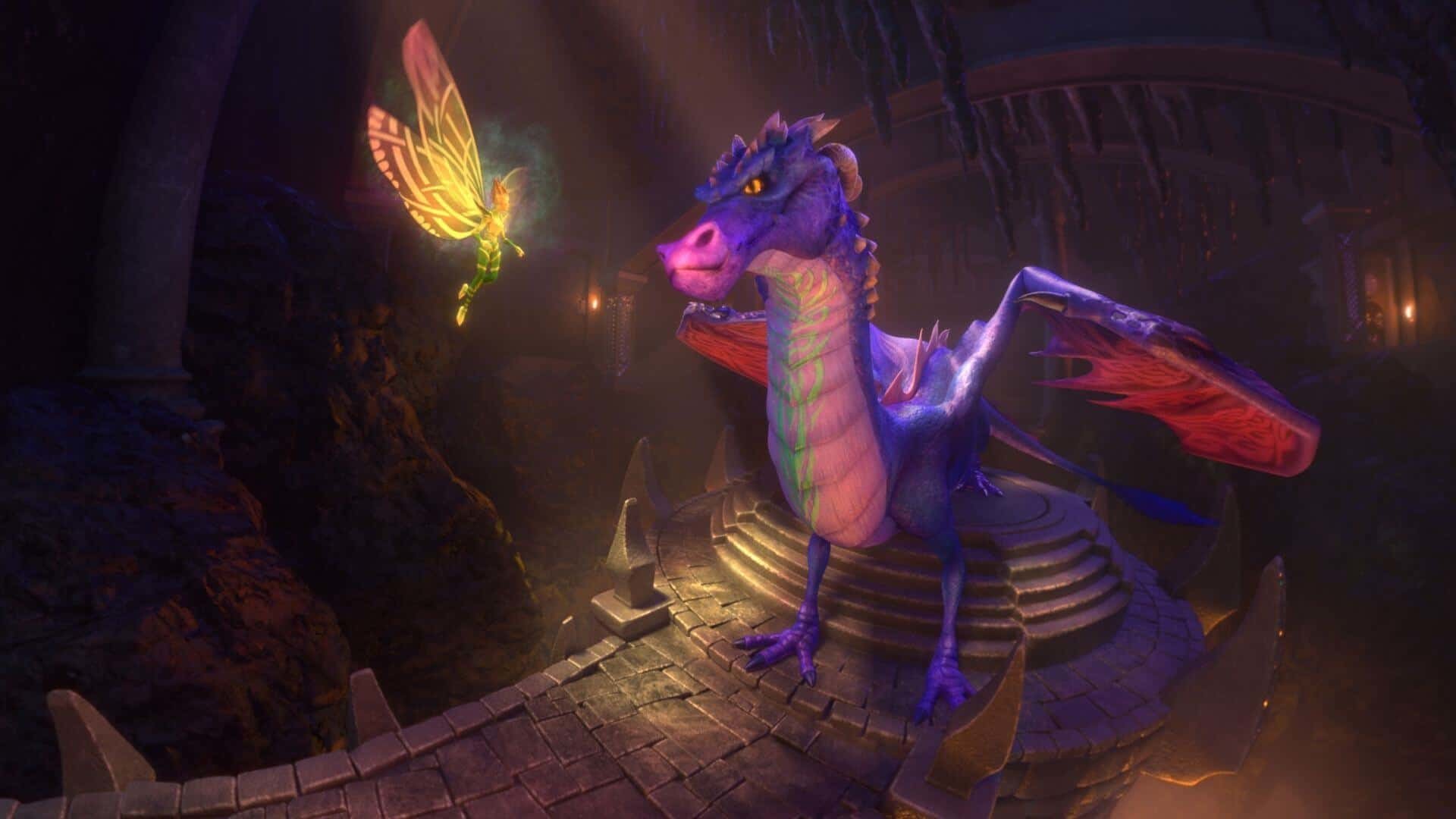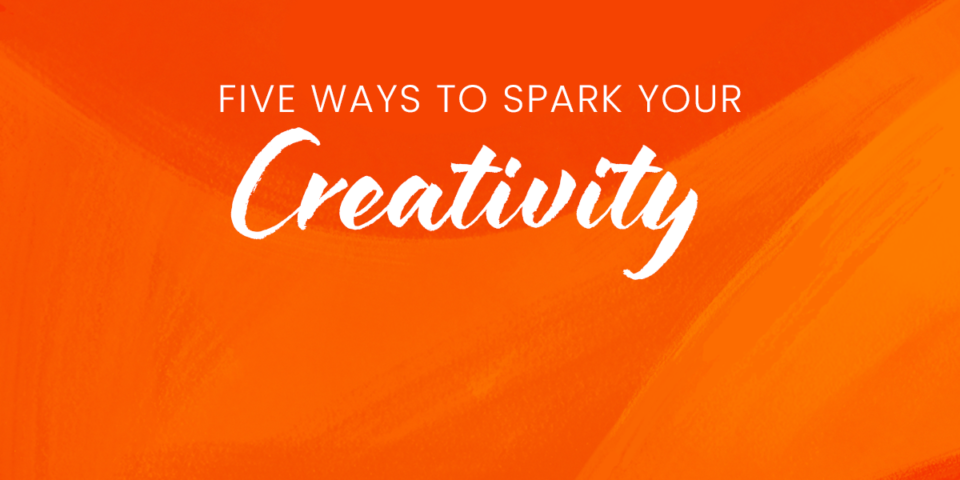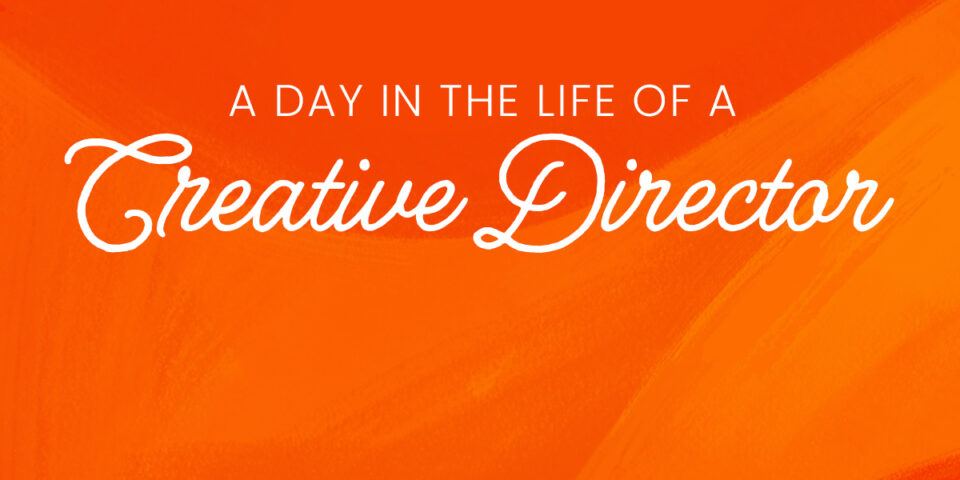The desire for escapism is fueling an explosive growth in the global themed entertainment industry.
In my 13 plus year career with Falcon’s Creative Group, I’ve had the pleasure of working in dozens of countries and while 15-hour flights might sound extreme, they offer plenty of time for thought and reflection (after watching all the “new releases,” of course). These amazing, diverse projects all have one goal in common…to support true escapism, and they have ranged from casinos looking to draw new visitors to immersive aquariums built as amenities to an integrated resort. No matter the client or consumer, there is consistency in the goal; create an immersive experience that allows guests to escape reality.
On a recent flight home from Shanghai, after visiting 5 countries over a 10-day period, I found myself thinking about the commonalities in Theme Park Design across all the continents I traversed on this trip. Let’s take water parks for example, I had just visited a property in Spain and marveled at the attention to detail applied to the theming elements of their water park. Although the “theme” is completely different, parallels can be drawn to other heavily themed water parks such as Volcano Bay in Orlando, Florida and the new Aquaventure Waterpark in Sanya, China. Each water park design was created by a completely different group of designers from different parts of the world, yet both resulted in products that consistently deliver immersive placemaking for guests. I believe this speaks to the universal desire across cultures to visit places and experiences that offer escape from reality.

David and Cecil onsite during the construction of Dragon’s Treasure™ in Macao, China.
The desire for escapism is fueling an explosive growth in the global themed entertainment industry. This growth extends far beyond the water parks mentioned above or large-scale theme parks. Tenants of themed entertainment are being applied to themed retail, corporate client centers, and other varied Location-Based Entertainment (LBE) experiences. This results in more diverse clients, but the goals remain the same. Therefore, we must hone our skills to ensure we’re delivering on this goal to support continued growth.

Atlantean tower at Atlantis Sanya's Aquaventure Waterpark.
During the design process, we often find ourselves role-playing the experience from the guest’s eyes. How will they engage? What is their role? Are they a visitor or an active participant? This process helps us ensure that we’re fulfilling that desire for immersive experiences. The solution is rarely formulaic and tends to evolve organically through the collaboration of everyone on the team.
Despite the evolving design process, a common thread that we find flows through our designs is authenticity. Even though much of our work stems from fantastical worlds, sticking to the core story and its attributes ensure authenticity. This holds true no matter if we’re working on a cultural or historical attraction or a completely fictional premise. Authenticity is a great tool to measure our design success and leads directly to complete immersion. It takes research, cultural understanding, deep dives into backstory and great effort to deliver but in the end it’s worth it. These assets then become design filters that guide and influence the design as it progresses, ultimately making the design decisions much easier to consider.

Battle For Eire’s storyline and fantastical world were created after comprehensive research on Irish culture and folklore.
As result, despite an incredibly diverse planet of cultures and clients, we’ve found success by sticking to our core methodologies to deliver immersive, authentic experiences. In turn, this drives further growth of our industry when we deliver high caliber experiences. Guests always want to explore the next great thing!





